Exactly what defines a muscle car becomes hazy when such icons as the Ford Mustang and Chevrolet Camaro - cars that are actually ‘Pony cars’ – are inevitably thrown into the equation.
The true definition of a muscle car can be summarised as a two-door, intermediate-sized performance coupé, powered by a stout V8 engine and sold at an affordable price.
Primarily designed for straight-line speed with little regard for chassis finesse, they are steroid-injected specials capable of easily asserting their dominance over the weaker six cylinder and regular V8-engined models.
Muscle cars really began to strike a chord with the impressionable youth of their time. In the mid to late 1960s, image and masculinity were everything. Pumping iron on US beaches was all the rage and no guy wanted sand kicked in their face in front of pretty ladies – they wanted to be the ones dishing out the sand-kicking to scrawnier opposition.
Testosterone was going through the roof and these baby-boomers wanted the cars to match their egos. Even the pop music industry lapped up the muscle car scene; The Beach Boys cranked out '409' and 'Car Crazy Cutie', while Wilson Pickett bellowed 'Mustang Sally'.
Although a limited number of production cars were built to a similar formula before it, the 1964 Pontiac GTO can lay claim to being the first proper muscle car to utilise all the necessary ingredients allied to an intermediate frame and a budget price.
At the time, General Motors' corporate policy prevented any mid-size car having an engine greater than 5.4 litres. However, the Pontiac engineers had other ideas; they made their 6.4-litre V8 an optional package on the outgoing Tempest model, therefore side-stepping the policy.
Pontiac’s chief engineer at the time, John DeLorean, took inspiration from the Ferrari 250 GTO for the nameplate, and the Pontiac GTO was born. It was initially a marketing exercise and Pontiac looked to sell just 5000 examples of the GTO, but ended up shifting over 32,000 by the end of 1964.
That same year, Ford unleashed the Thunderbolt, a Fairlane-bodied two-door coupé that was a factory experimental car aimed at drag racing. Utilising lightweight fibreglass body panels, a stripped interior and a colossal 7.0-litre V8 engine that was (conservatively) said to pump out over 500bhp, it could blitz the quarter mile in 11.6sec at 125mph. But the Ford Thunderbolt was described by press at the time as “too raucous for public roads”.
Ford also spotted a gap in the market for a more compact sports car with ‘long hood, short rear deck’ proportions to entice the decade’s baby-boomers. The 1965 (also referred to as 1964 ½) Ford Mustang provided the template that was to be the ‘Pony car’ class, inspiring a host of imitators.
Along with other flagship V8 Pony cars such as the Rambler Marlin, Chevrolet Camaro SS and Z28, Plymouth Barracuda and AMC Javelin SST, Ford’s Mustang GT and Boss versions with their halo engines and top-of-the-range options are the only Pony cars that have a legitimate argument for belonging in the company of true muscle cars.
The muscle car craze continued at maximum attack from 1966 to 1969, with a brawny mid-size fastback – the Dodge Charger - and later in 1968, the limited production Dodge Superbee. The former having a starring role as the ‘baddie’ chasing a 1968 Ford Mustang in the Hollywood hit Bullitt, starring the king of cool Steve McQueen.
Chrysler spearheaded their mid-size Dodge models with the infamous ‘440 Magnum’ 375bhp 7.2-litre V8 engine and the Charger gained the R/T (Road/Track) high performance pack in 1968.
By this point muscle car prices were climbing, so Plymouth’s 1968 Road Runner proved a breath of fresh air. Priced from $2,986 the Road Runner as standard was powered by a 6.3-litre V8 churning out 335bhp and later was available with the mighty 425bhp 7.0-litre V8 ‘426 Street Hemi’, as a $700 optional extra.
As the market saturated, car makers began to see fewer yearly sales towards 1970, while costs continued to spiral upwards and eat into profits. Despite this, dealerships were bursting with more outrageous and increasingly powerful machines. Muscle cars had reached their prime – 1970 proved to be the storm before the calm.
The Ford Torino Cobra took the fight to Mercury Cyclone and the lower-priced Pontiac GTO - now in its second generation. And Buick debuted its lethal GSX – essentially a high-performance GS455, boasting 370bhp in ‘stage 1’ guise.
Chevrolet responded with the Chevelle SS 454 Big-Block, endowed with the optional 7.4-litre LS6 V8 rated at 450bhp, making the Chevelle SS good for a standing quarter mile in 12.1sec.
Oldsmobile fired back with a production 7.5-litre V8 ‘455’ unit kicking out 365bhp, making the Oldsmobile 442 “a wild ride” according to the press at the time, despite not seeing which way a GSX or Chevelle SS 454 went.
Meanwhile, Chrysler finally began to take the Pony car class seriously and launched the Dodge Challenger; the highlights being the Challenger R/T ‘440’ 7.2-litre Magnum and T/A (Trans/Am homologation special) with ‘just’ a 5.6-litre V8 320bhp super-tuned small-block, respectively.
By 1971, the muscle car storm had reached a crescendo. Steeper car insurance rates, the Clean Air Act and the OPEC oil embargo - which led to price controls, fuel rationing and record fuel prices – all helped to contribute to the demise of the golden age of muscle cars.
The final nail in the coffin was the US Congress enacting a Corporate Average Fuel Economy Law (CAFÉ), with models from 1978 onwards required to meet much higher mpg targets. By 1975, the big-block engines and most muscle cars were consigned to history, with the exception of just the Ford Mustang and the Chevrolet Camaro.
Ford's 1973 Mustang was 8.5 inches longer, 6 inches wider and over 270kg heavier than the original. Ford trailblazer Lee Iacocca stated: “The Mustang market never left us, we left it.”
The final golden era muscle car hurrah came in the form of the 1973 Pontiac Trans Am SD455, which featured a massive 7.5-litre V8 unit but only produced 290bhp, due to emissions regulations.
In recent years though, primarily thanks to improvements in efficiency and continued customer demand, there has been a revival in the muscle car market. Dodge ventured back into the market with its Challenger in 2008, a new Chevrolet Camaro was launched in 2009 and Ford has just unveiled its new sixth-gen Mustang.
All are still offered with rip-roaring V8s, and most are available as even hotter drag racing-specific variants, but the nods to the future are there - more frugal V6 variants are becoming increasingly prominent, and turbocharged four-cylinder models are in the works.
For now, however, it looks like V8-engined muscle cars will remain on many manufacturer's model lists - and on the wishlists of many - for years to come.
Aaron Smith







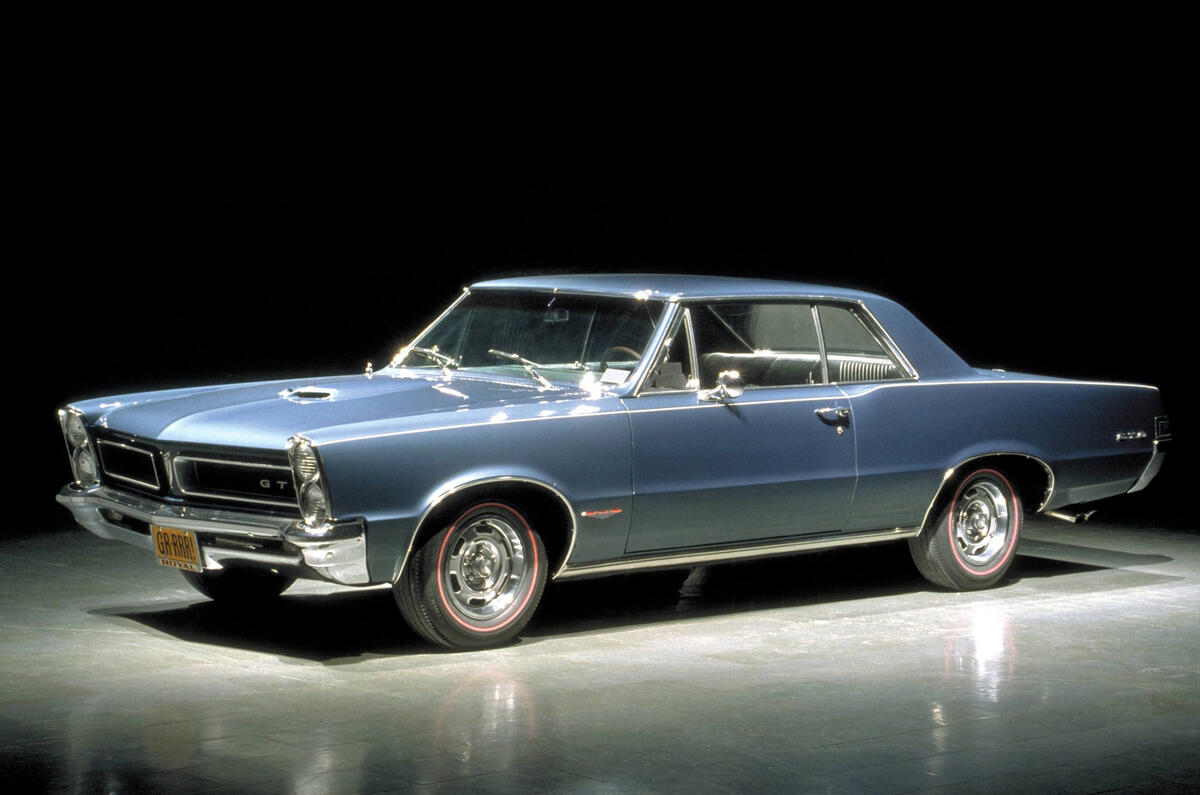










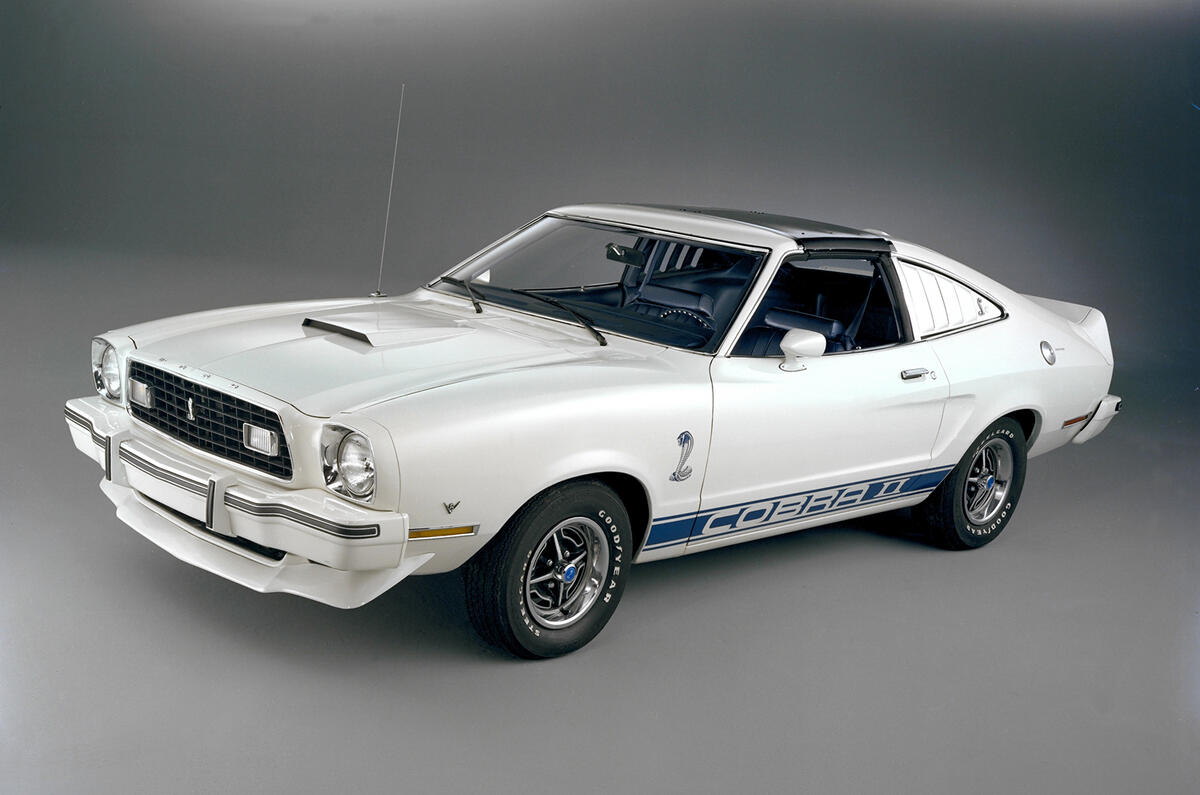














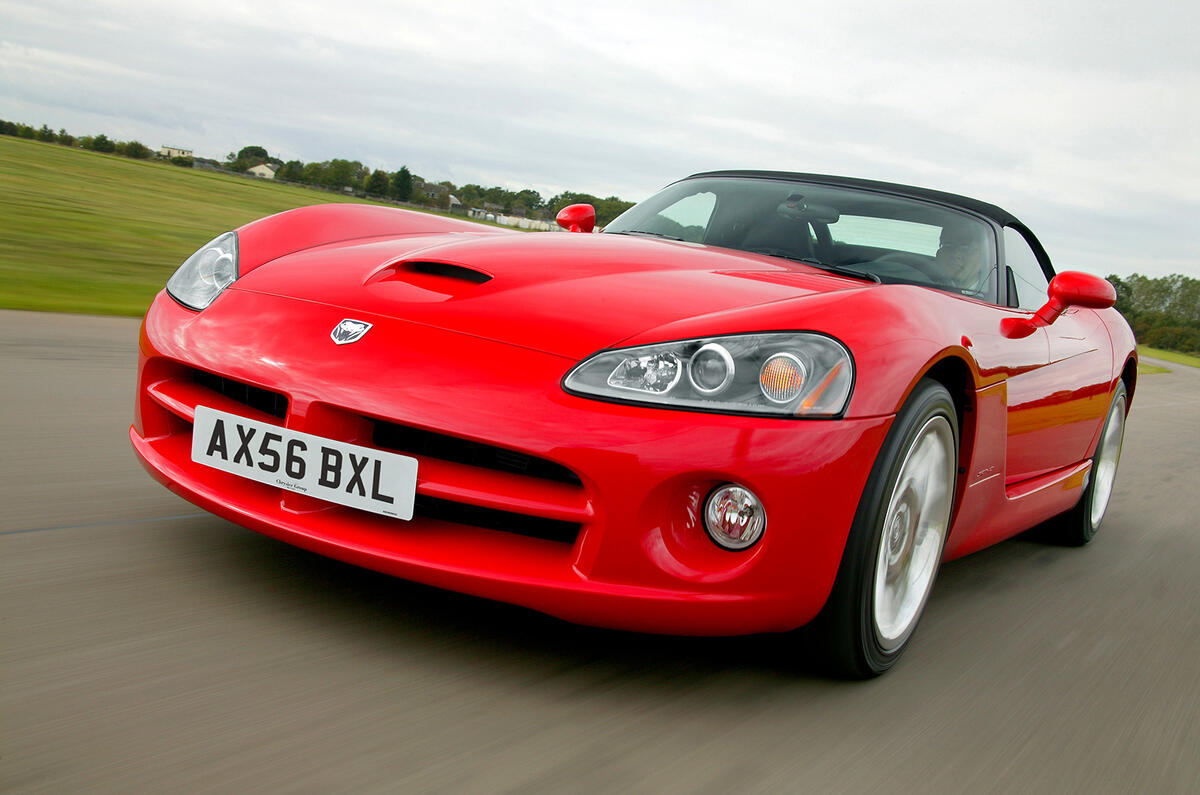









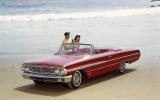

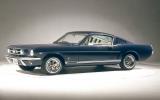














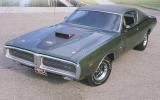


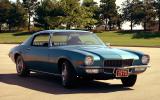




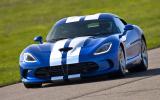


Add your comment